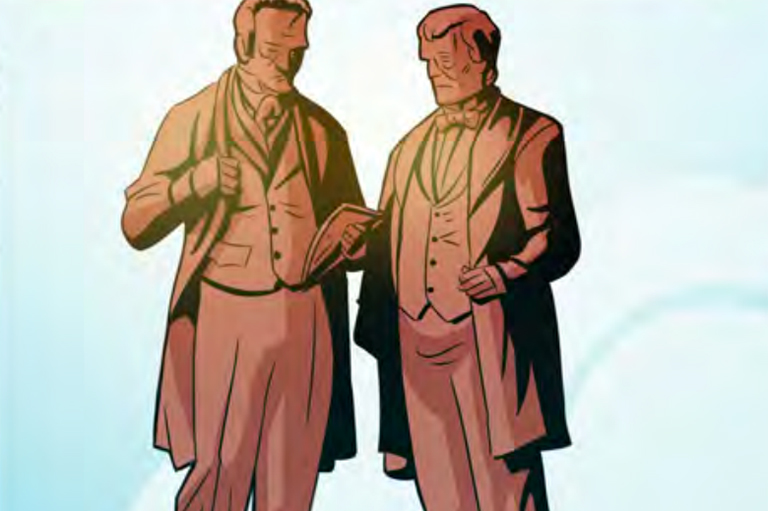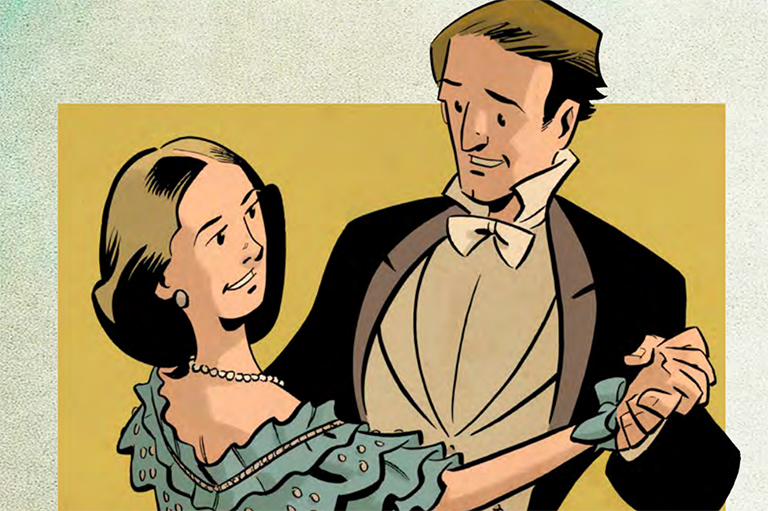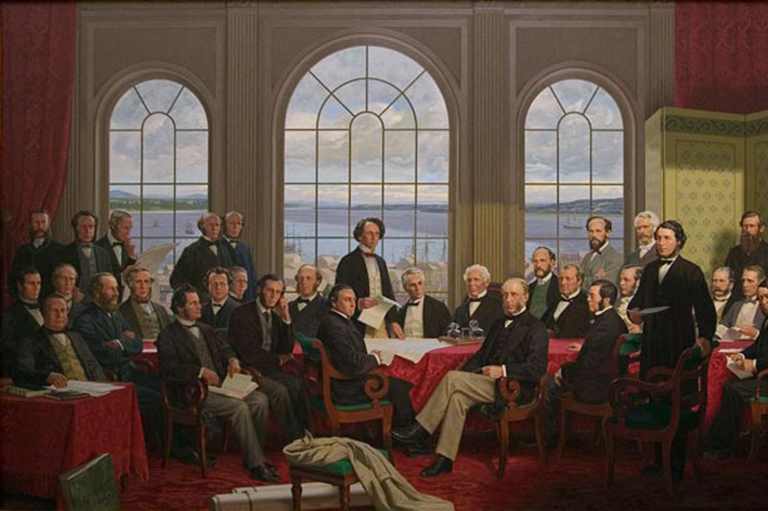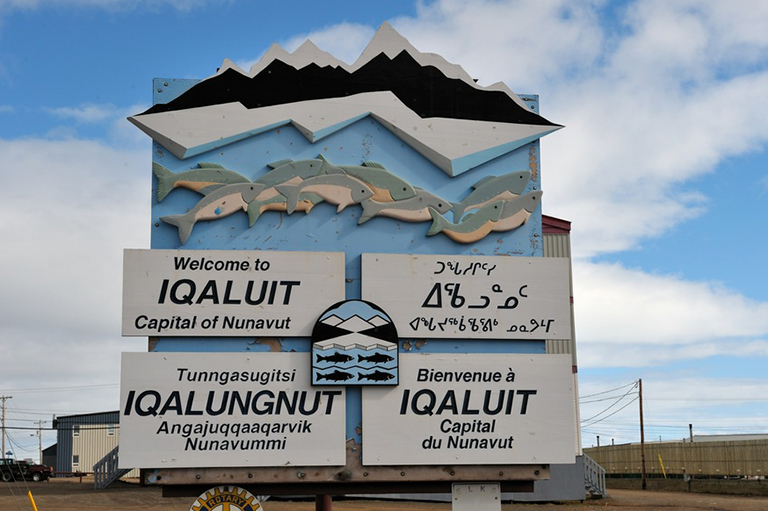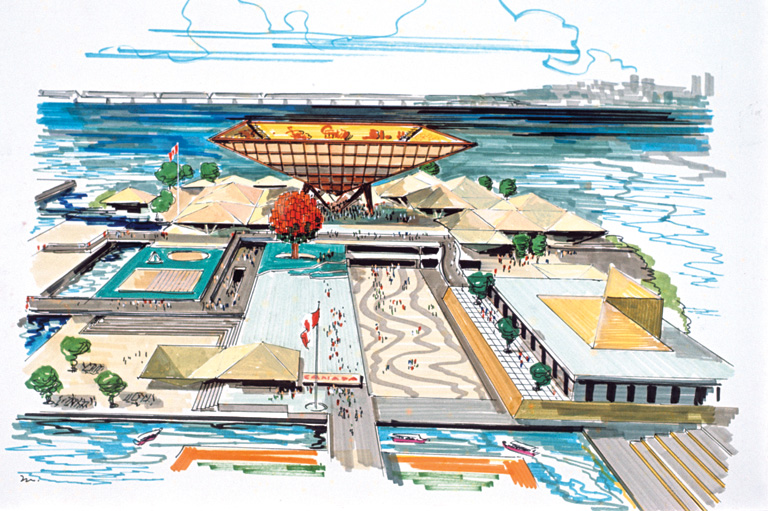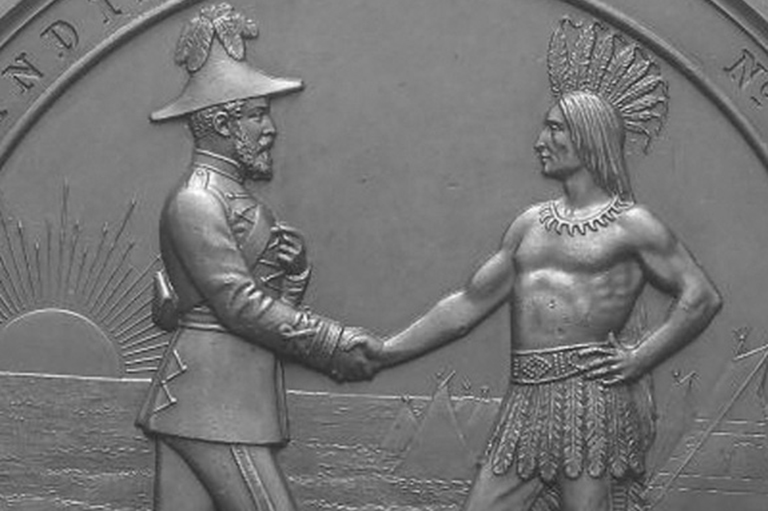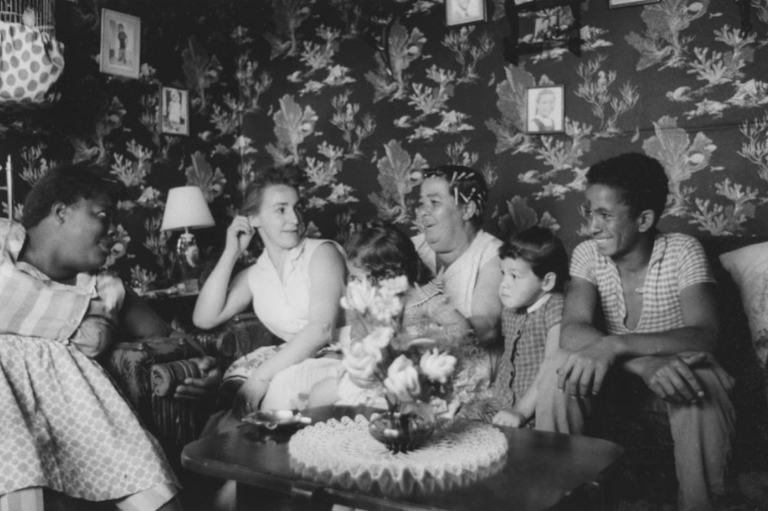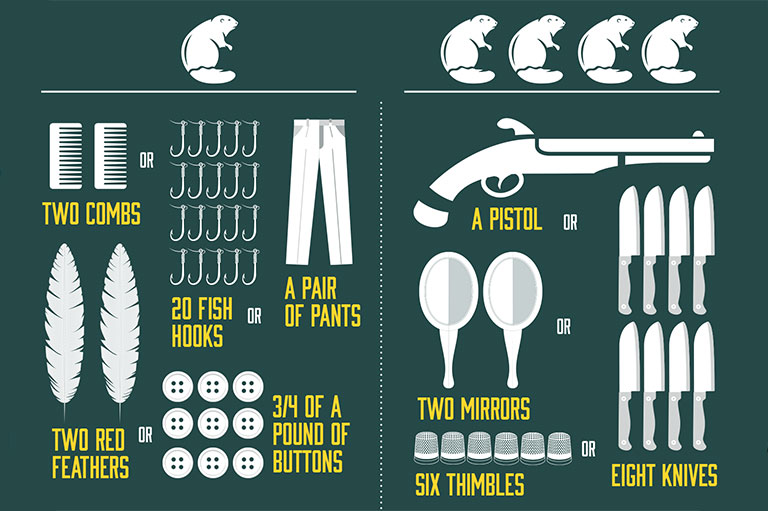What Might Canada Be Like If...?
Grade Levels: 5/6
Subject Area: Social Studies, Geography
This lesson plan is inspired by the article “Protecting the Past,” in the April 2017 Happy Birthday Canada issue of Kayak: Canada’s History Magazine for Kids.
Lesson Overview
Students develop an understanding of the importance of the process in which unique and historically significant national sites, people and events in Canada are determined and the potential consequences of not recognizing and preserving them.
Time Required
Eight 60-minute periods
Historical Thinking Concept(s)
This lesson plan uses the following historical thinking concepts: establish historical significance, use primary source evidence, and analyze cause and consequence.
Learning Outcomes
Student will:
- Identify and gather information about a National Historic Site of interest
- Construct a multimedia display (infographic, slideshow, that can be uploaded to a collaborative class digital map such as Google My Maps)
- Develop an understanding of historical significance
- Use persuasive writing techniques
- Reflect on the importance of Parks Canada’s National Historic program
Background Information
National Historic People: People can be selected as someone of national historic significance 25 years after death. Molly Brant (1736 to 1796) was an indigenous woman of Mohawk descent who exercised considerable political influence, built up over a lifetime, among the Six Nations of the Iroquois. The plaque can be found in Kingston, Ontario, at 175 Rideau Street. This plaque was dedicated in November of 1994. Parks Canada uses the following areas of contribution to categorize the national historic importance of people, places and events: Peopling the Land, Developing Economies, Governing Canada, Building Social and Community Life and Expressing Intellectual and Cultural Life.
The Lesson Activity
Part 1 – National Historic Sites
Activating:
Using a variety of images from a variety of National Historic Sites, have students work in small groups to examine the photos and discuss what they see in the image, what they think the purpose of the image is, and record any questions or wonderings they have in regards to the images (Use a See-Think-Wonder graphic organizer to record). Debrief with students. (20-30 minutes)
Acquiring:
Read first section of article “Protecting the Past”. After the reading, have the students in partners or small groups discuss the following question: “What might the possible consequences be for Canadians if we did not have National Historic Sites?” (20-30 minutes)
Applying:
Students select one heritage site to explore in more detail, gathering information about the historical significance of the site, how it contributes to Canadian identity and what the consequences might be if this site had not been designated as a National Historic Site. They share their findings in digital multimedia form which can be uploaded to a class digital map using Google My Maps. (Two 60-minute periods)
Part 2 – National Historic People
Activating:
Display the image of the plaque recognizing the contributions of Molly Brant on screen. Ask students if they have seen plaques similar to this elsewhere in Canada. Have students do a “turn & talk” to an elbow partner to share what they think the significance of these plaques are. Read the plaque and discuss the role that Molly Brant played in Canadian history. (20-30 minutes)
Acquiring:
Read the second section (People) of the article “Protecting the Past”. Ask students: “Why do you think that there is a waiting period of 25 years after death to be named as a person of national historic significance?” Working in pairs or small groups have students brainstorm on chart paper what they feel the criteria would need to be to be considered for designation as a person of national historic significance. Have the groups share their ideas to create a collaborative list of criteria as a class. Based on these criteria have students brainstorm a list of contemporary people that they feel should receive a designation of national historic significance. (60 minutes)
Applying:
Students will select one individual from the list that they brainstormed in the acquiring phase that they wish to advocate for as a person of national historic significance. Have them write a persuasive letter that outlines the contributions of the individual they selected and explain why they feel that these contributions should be considered as historically significant. (60 minutes)
Part 3 – National Historic Events
Activating:
Watch the Heritage Minutes: Underground Railroad to introduce students to the Underground Railroad in Canada. Explain that the Underground Railroad is considered a National Historic Event. Read the Events portion of the article “Protecting the Past.” (30 minutes)
Acquiring:
Have students break into pairs and provide each pair with an outline of a different National Historic Event. Have students become familiar with this event. Ask them to think about why they believe that this event is important to Canada’s history. Have pairs place their event on a class timeline, sharing a brief summary of the event with their peers. Use the National Historic Site List to support student research. (60 minutes)
Applying:
Pose the following question to the students: “What has happened in your lifetime that you think should be a National Historic Event?” In small groups have students brainstorm events that they feel are significant to Canada. Have students choose an event to add to the class timeline. Students share their reasoning as to why they feel this event is historically significant. (60 minutes)
Final Reflection: Students will write a reflection on their learning based on the following prompt: “Why might it be important for Canadian identity for Parks Canada to recognize historic sites, people and events?”
Materials/Resources
- “Protecting the Past,” in the April 2017 Happy Birthday Canada issue of Kayak: Canada’s History Magazine for Kids.
- Plaque for Molly Brant
- Images of different National Historic Sites
- Heritage Minutes: Underground Railroad
- Link to National Historic Event: Underground Railroad
- Graphic organizer (See/Think/Wonder)
- National Historic Site List to support student research
- My Maps: a customizable way to use Google Maps in the classroom can be used to support teachers and students learning how to make a collaborative digital map of the different National Historic Sites in Canada using My Maps from Google.
- Chart paper
- Markers
References
- Heritage Minutes: Underground railroad. Historica Canada. Published 1991. Web. 27 Feb. 2017.
- Parks Canada Agency, Government of Canada. "Parks Canada - Home." Parks Canada - Home. N.p., 15 Feb. 2017. Web. 25 Feb. 2017.
Evaluation
Assessment for Learning (Formative)
During small group discussion in Part 1 of lesson, teacher could use an observational tracking form to record conversations between students related to their understanding of consequences of not having National Historic Sites.
Assessment for Learning (Summative)
For both the digital multi-media and persuasive letter rubrics could be created for use with evaluation.
Themes associated with this article
Advertisement
Related plans and resources

Canada’s History Archive, featuring The Beaver, is now available for your browsing and searching pleasure!

